
The Pismo clam, Tivela stultorum, gets its name from the Chumash Indian word “pismu,” meaning “tar,” because of the natural deposits of tar found in the Pismo Beach area.
Identifying Characteristics
- Pismo clams are large clams with a thick, heavy shell.
- The outside sports fine, concentric growth lines, and the shell color ranges from pale beige to brown. The markings and colors vary considerably between clams.
- Pismo clams grows continuously throughout their lives. As they grow, the shell not only becomes thicker but increases in diameter. Growth varies considerably from month to month, with the greatest increase taking place in the spring, summer, and early fall months.
Range and Habitat
- As far North as Half Moon Bay (historically), but now they are hard to find north of Point Conception.
- Pismo clams range from the intertidal zone to 80 feet offshore.
- They like flat, sandy beaches on an open coast.
- Pismo clams may be found in bay entrance channels, sloughs, and estuaries.
- Because they have short siphons, you can find them close to the sand surface.
Market Forms
- They have a distinctive and excellent flavor; they are prepared as chowder, seafood cocktail, fried or eaten raw.
- Pismo clams have been linked to several human fatalities involving Paralytic Shellfish Poisoning (PSP). It is therefore advised that only the white meat be consumed and all dark meat and digestive organs be discarded. (Source: Pismo Clams – CA DFG, 2001, see below.) Visit the California DFG’s Health Advisories for California Finfish, Shellfish and Crustaceans for more info.
How to Prepare Pismo Clams for Eating
These clams are very large, but fairly easy to shuck and remove the meat. View this video on how to prep Pismo clams.
How to Dig for Pismo Clams
The California Department of Fish and Game suggests three ways to dig for Pismo clams:
- The usual method of collection by recreational clammers is by using a four- to six-tined garden fork. During a low tide the clammer selects a section of beach with exposed wet sand or water of wading depth and probes in the sand until encountering a clam.
- Another method is to shuffle one’s bare feet along the bottom until a siphon or shell is felt. Pismo clams can also be found by looking for the half-inch-long tufts of the commensal hydroid (Clytia bakeri) which attaches to the shell and is exposed above the sandy surface.
- Divers search for the clams by probing with a knife or looking for exposed shells, siphons, or tufts of hydroids.
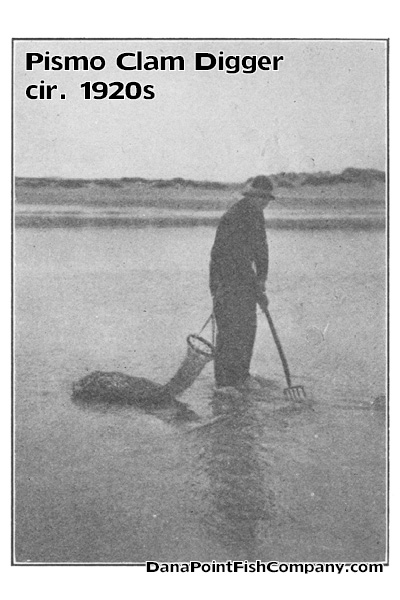
Image above is from “The Edible Clams, Mussels and Scallops of California,” a 1920s book from the State of California.
Pismo Clam Anatomy
Resources:
Annual Status of the Fisheries Report. Pismo Clam. California Department Fish and Game.
“Pismo Clam”. California’s Living Marine Resources: A Status Report. California Department of Fish and Game, 2001.
State of California. California Finfish and Shellfish Identification Book. N.p.: California Department of Fish and Game, 2007. Print.
Weymouth, Frank W. “Descriptions of the Edible Bivalves of California.” The Edible Clams, Mussels and Scallops of California. Sacramento: California State Print. Office, 1921. Print. Fish Bulletin No. 4.
Fitch, John E. Common Marine Bivalves of California. Sacramento: California State Print. Office, 1952. Print. Fish Bulletin No. 90.

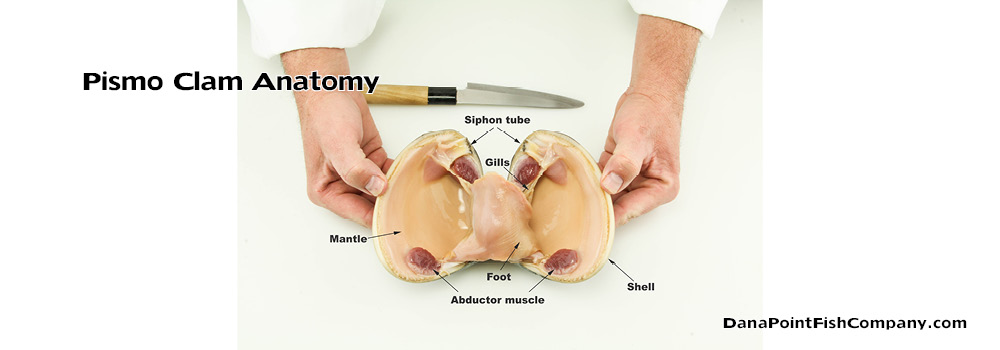
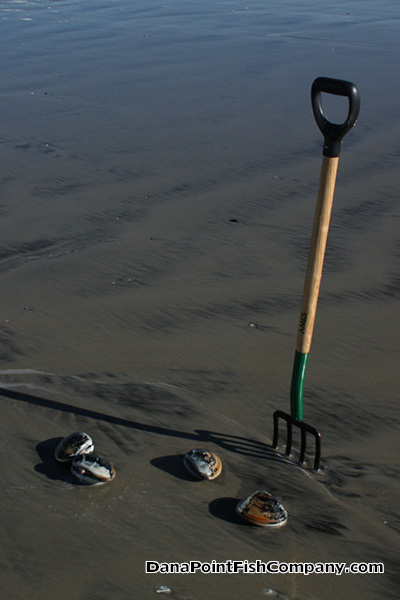
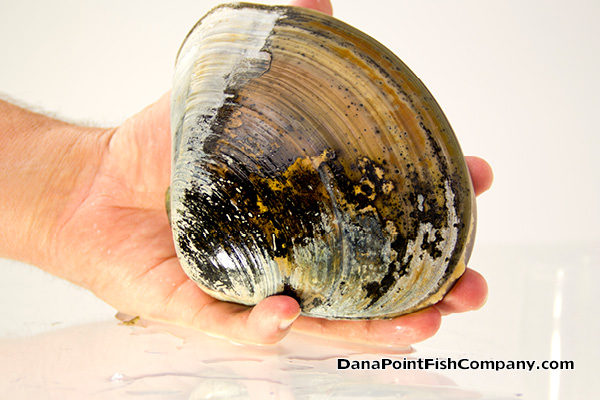
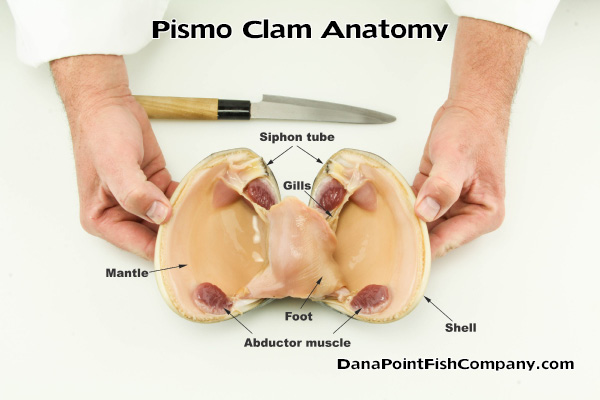
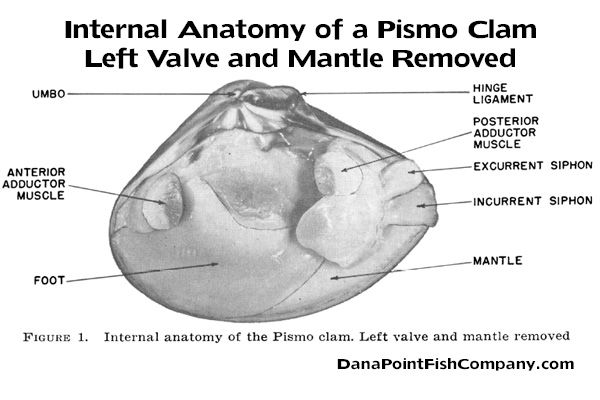
Trackbacks/Pingbacks